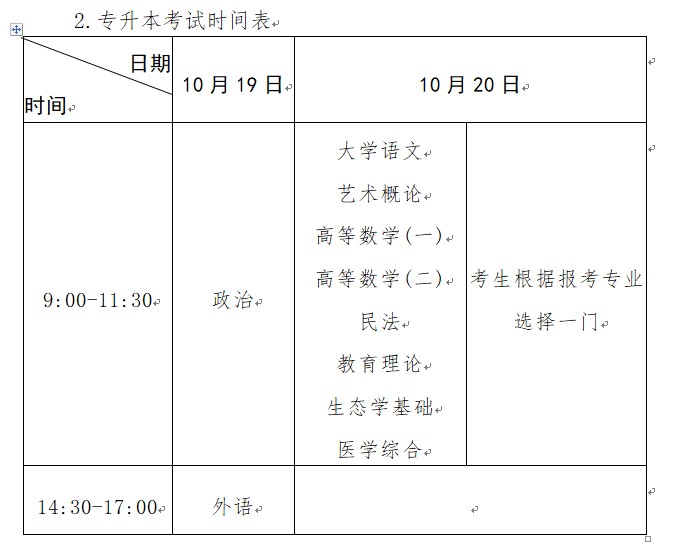主动形式表被动意义
- 校园网
- 2024-04-21 13:03:34
- 98

1. 动词bear(适宜于), deserve(应受到), need(需要), require(需要), stand(忍受), want(需要)等后面接动名词时,该动名词通常用主动形式表示被动意义。如:
His sufferings don't bear thinking about. 他受的苦难简直不堪回首。
The desk needs repairing. 课桌需要修理。
The flowers want watering. 花需要浇水。
The man deserves punishing. 他这个人是罪有应得。
注:其中有的动词也可直接跟不定式的被动式。如:
The man deserves to be punished.
The desk needs to be repaired.
The flowers want to be watered.
2. 不定式用于某些动词(如have, have got, get, want, need等)的宾语后作定语时,如果不定式的逻辑主语就是句子的主语,则要用主动形式表示被动意义。如:
I have a lot of work to do now. 我有很多事要做。
I want something to drink. 我想喝点什么。
I want to get something to read. 我想找点东西阅读。
注意:如果不定式的逻辑主语不是句子的主语,则应用被动式,比较:
I have something to type. 我有些东西要打(字)。(指自己打字)
I have something to be typed. 我有些东西要打(字)。(指请人打字)
3. 形容词cheap, comfortable, dangerous, difficult, easy, exciting, expensive, fit, good, funny, heavy, important, interesting, nice等接不定式做状语时,不定式的主动形式表被动意义。如:
This wine is pleasant to drink. 这种葡萄酒很好喝。
A bicycle is cheap to run. 使用自行车是很经济的。
The question is difficult to answer. 这个问题很难回答。
4. 形容词worth后接动名词时,该动名词要用主动形式表示被动意义。如:
The book is worth reading. 这本书值得一读。
There's never anything worth watching on TV. 电视上从来没有值得看的节目。
5. 在too…to do 结构中,不定式的主动形式表被动意义。如:
The text is too difficult to understand. 这篇课文难以理解。
6. 表示感觉或变化的feel, look, smell, sound, taste, turn, prove, get等系动词的主动形式表示被动意义。如:
The dish smells nice. 这道菜气味好闻。
His words prove true. 他的话证明是真的。
7. 由及物动词转类而来的不及物动词catch, close, lock, open, read, sell, wash, wear, write的主动形式表示被动意义,而且它们的状语一般是表示效果或程度的副词,如:well, easily, smoothly。如:
The cloth washes easily. 这种布容易洗。
The pen writes fluently. 这支笔写起来流利。
8. 动词let, blame的不定式做表语时,它的主动形式表示被动意义。如:
The house is to let. 这座房子出租。
He can't be to blame. 他不能受责备。
9. There be结构中的不定式做定语时,主动形式表被动意义。如:
In the past, there were too many people to feed. 在过去需要养起来的人太多了。
There are many clothes to wash today. 今天要洗的衣服太多了。
10. 某些动词(如build, burn, cook, print, make等)的进行时,可用主动形式表示被动意义。如:
The house is building. 房子正在建。
The book is printing. 书正在印刷。
本站内容来源于网络,并不代表本站立场!版权归原作者所有,转发请注明来源,文章内容仅供参考。
校园网--www.xiaoyuan.org 联系邮箱:service@xiaoyuan.org
本文链接: http://www.xiaoyuan.org/blog/24375.html
 校园网
校园网























